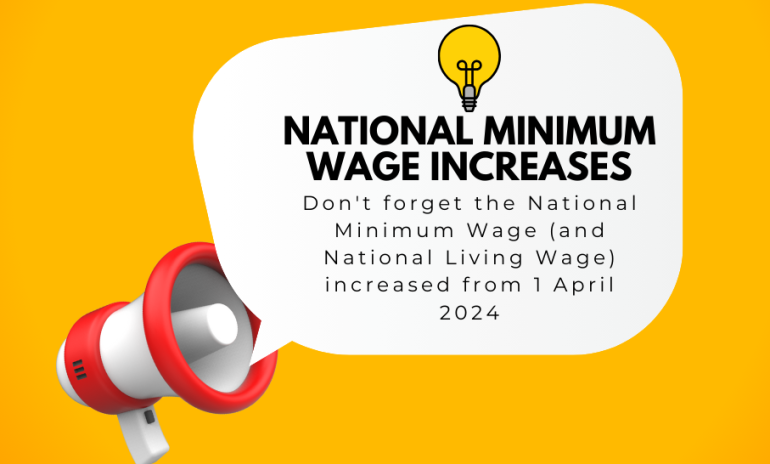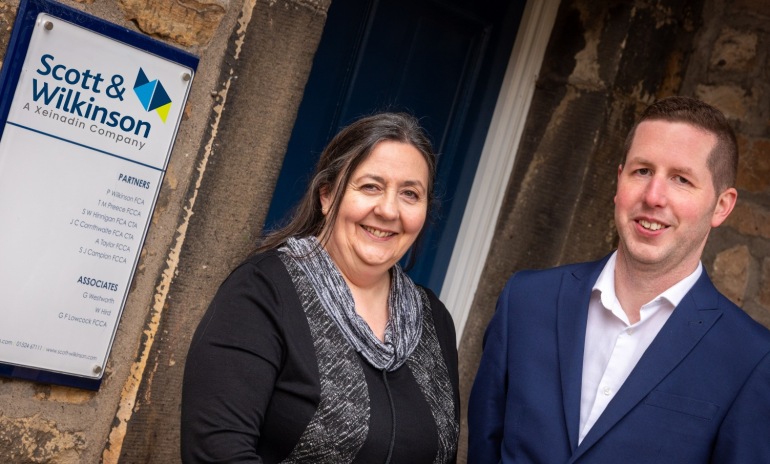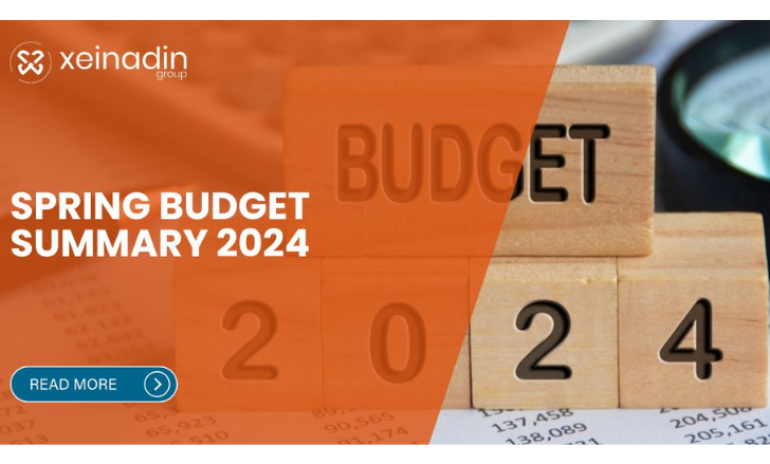Changes to the Flat Rate Scheme
Date: 01/03/17

For businesses that are Limited Cost Traders a new less generous VAT Flat Rate Scheme percentage of 16.5% will replace existing flat rates with effect from 1 April 2017. For each VAT period ending on or after 1 April 2017, businesses that use the Flat Rate Scheme will need to check if they are a Limited Cost Trader.
How is a Limited Cost Trader defined?
A Limited Cost Trader is one whose VAT inclusive expenditure on goods is either:
- less than 2% of their VAT inclusive turnover in a VAT period OR
- greater than 2% of their VAT inclusive turnover but less than £250 per quarter (or pro rata if the VAT period is not 3 months).
What do Goods include?
Goods must be used exclusively for the purpose of the business but do not include the following items:
- capital expenditure (i.e. goods which are typically expected to benefit the business for more than 12 months e.g. mobile phones, new office furniture, printer, power tools)
- food or drink for consumption by the business or its employees
- vehicles, vehicle parts and fuel (except where the business is one that carries out transport services - for example a taxi business)
- Services, as they are not goods.
Example of a Limited Cost Trader.
Assume a decorator has a VAT inclusive turnover of £30,000 for the quarter to 30 June 2017. In this case, the business would then need to spend at least £600 on Goods in that quarter to avoid being a Limited Cost Trader. If the business spent £1,000 on paint in the quarter then the business would not be a Limited Cost Trader and could continue to apply their normal Flat Rate Scheme percentage.
However, if the same business spent £1,000 again but this time it only spent £500 on paint, £250 on a new mobile phone, £50 on a printer cartridge (used for both business and personal purposes) and £200 on bank charges, then the business would be a Limited Cost Trader. This is because the phone is a capital item not a good, the printer cartridge is not wholly used for business purposes and the bank charges are a service not a good.
What options do I have if I am a Limited Cost Trader?
If you are a Limited Cost Trader then your options are as follows:
1) To apply the new Flat Rate Scheme percentage of 16.5% (for those periods when it applies)
2) De-register for VAT (where future VAT exclusive turnover is likely to be less than the annual de-registration limit (£81,000 for 2016/17))
3) Leave the Flat Rate Scheme and account for VAT using the standard method of claiming actual input VAT on purchases.
Is 16.5% still not a good rate?
The short answer to this question is no! It is best to see this with an example. Say a business has net sales in a year of £100,000. Therefore the business will have charged its customers £20,000 of VAT. The business’s VAT inclusive turnover is therefore £120,000. Applying the Flat Rate Scheme percentage of 16.5% to this VAT inclusive turnover gives £19,800. Therefore the business must pay £19,800 to HM Revenue & Customs and yet it has only charged its customers £20,000, leaving it with just £200 to retain.
To decide what to do, this business should compare the actual VAT incurred on purchases against the £200 retained under the Flat Rate Scheme as a Limited Cost Trader. If the business has incurred a larger amount of actual input VAT, then it may want to move to the standard method of accounting for VAT. This will of course add to the complexity of the book-keeping. If it is likely that the business’s taxable sales will remain above £81,000 a year then de-registration is not an option.
Can I forward invoice now or take prepayments now ahead of the changes from 1 April 2017?
HM Revenue & Customs have anti-forestalling provisions to prevent this from being effective and so they will only allow sales or cash to be recognised ahead of 1 April 2017 to the extent that the corresponding goods or services have been supplied by that date.
For VAT periods which cross 1 April 2017, then you will need to split the business’s sales between the 2 periods. If the business is a Limited Cost Trader for the period after 1 April 2017 then two separate Flat Rate Scheme percentages will need to be applied to the VAT period.
If you need any further advice or assistance then please contact the office.
Additional advice can also be found in the recently updated VAT notice 733 Section 4.4. This can be viewed online at https://www.gov.uk/government/publications/vat-notice-733-flat-rate-scheme-for-small-businesses/vat-notice-733-flat-rate-scheme-for-small-businesses#introduction

Author: James Cornthwaite FCA CTA
A former pupil at St Aidan’s C of E High School, James attended Blackpool Sixth Form College and Lancaster University, graduating in 2004, gaining BSc. first class honours. He joined Moore and Smalley, Preston in 2005 and qualified as a...
0 Comment
Add your Comment
We have the ability to edit and/or delete posts and comments. Links should be relevant to the topics. Please note all comments are subject to review before inclusion.














Nobody has commented yet. Why not add one?